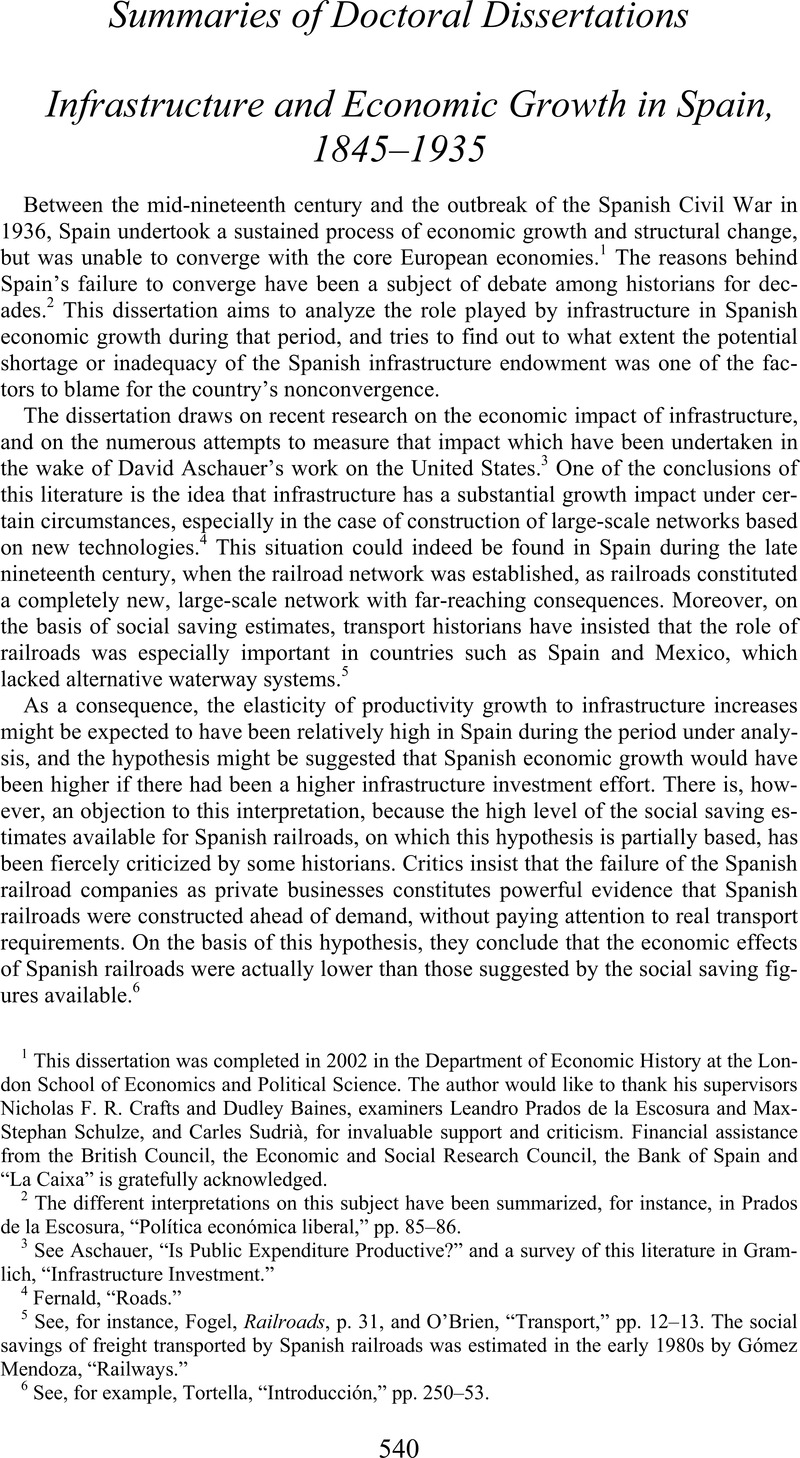Crossref Citations
This article has been cited by the following publications. This list is generated based on data provided by Crossref.
Gutmann, Myron P.
Merchant, Emily Klancher
and
Roberts, Evan
2018.
“Big Data” in Economic History.
The Journal of Economic History,
Vol. 78,
Issue. 1,
p.
268.



